Rainwater Management
Our Journey
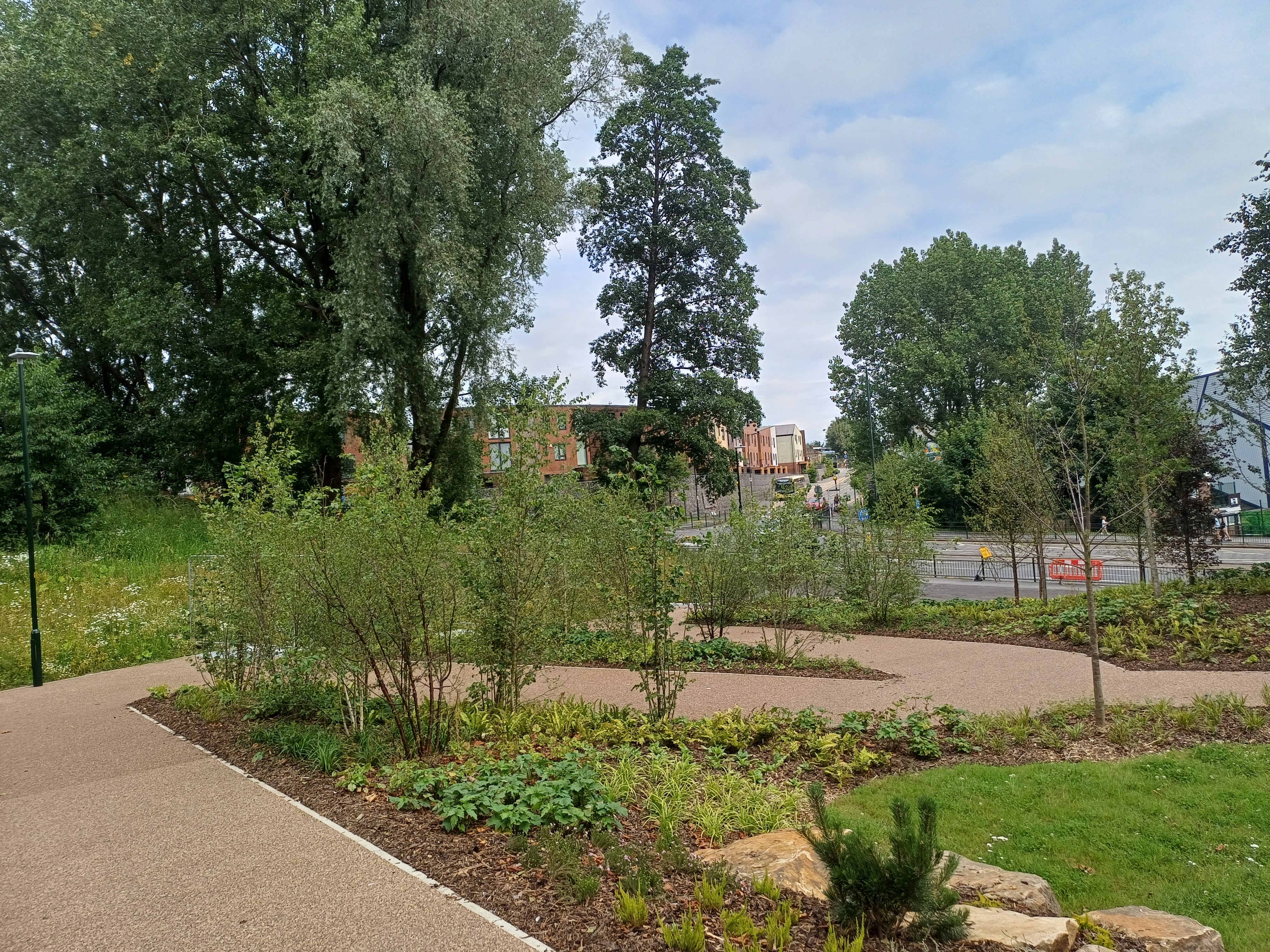 With 40% more rainfall than the UK average, rainwater and what to do with it, is increasingly becoming a challenge for the North West and UK as a whole.
With 40% more rainfall than the UK average, rainwater and what to do with it, is increasingly becoming a challenge for the North West and UK as a whole.
With an additional 1,000,000 people forecast to make the region their home by 2050 and 350,000 new homes projected to be built by the end of the decade this challenge will only continue to grow.
A consequence of this growth is that our surroundings are slowly becoming grey and more built up, with less green and permeable spaces in our driveways and front gardens.
Rainwater – which is becoming more intense – is further impacted by this growth as the water struggles to find places to flow freely, and is instead diverted into the sewer system, potentially inundating our systems and forcing storm overflows to operate and spill into rivers and other water courses.
What is Rainwater Management?
The rainwater management team at United Utilities is taking on the ambitious task to make sure every drop of rainwater in the North West is cherished and is valued for the important commodity that it is. The team want to capture, remove and slow rainwater to impact the rate at which it enters our sewers. This process will relieve the pressure placed on the system, leading to better environmental conditions for humans and for nature.
Investing in rainwater management solutions is a surefire way help alleviate flooding risk, but it also helps tackle important environmental issues like improving biodiversity, the provision of green spaces for human mental and physical health, and makes communities more resilient in the face of climate change impacts.
How do we do it?
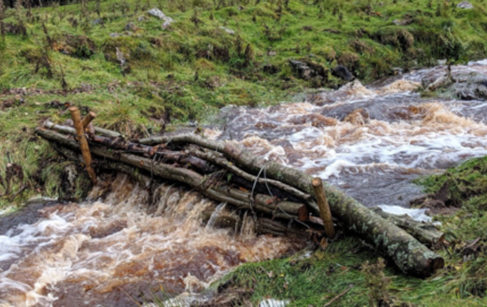
Capture
This is where we capture rainwater at the source to stop downstream flooding through schemes involving peat restoration, tree planting, and a wide range of Natural Flood Management (NFM) solutions.

Attenuate
This is where we store rainwater through interventions which help to reduce the pressure on the sewers at times of heavy rainfall. Planting trees, raingardens, and a wide range of Sustainable Drainage Systems (SuDS) will be done to achieve this.
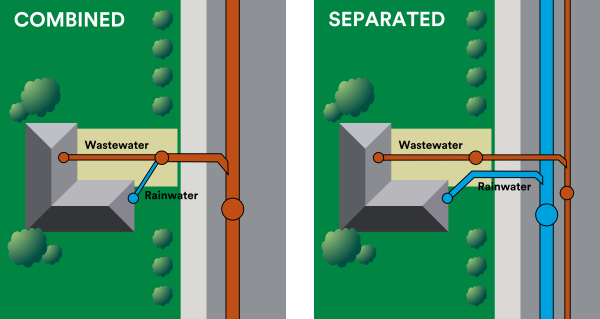
Disconnect
This is where we disconnect piped surface water from our combined sewer system straight into rivers and canals so rainwater can return to the natural water cycle process as intended.
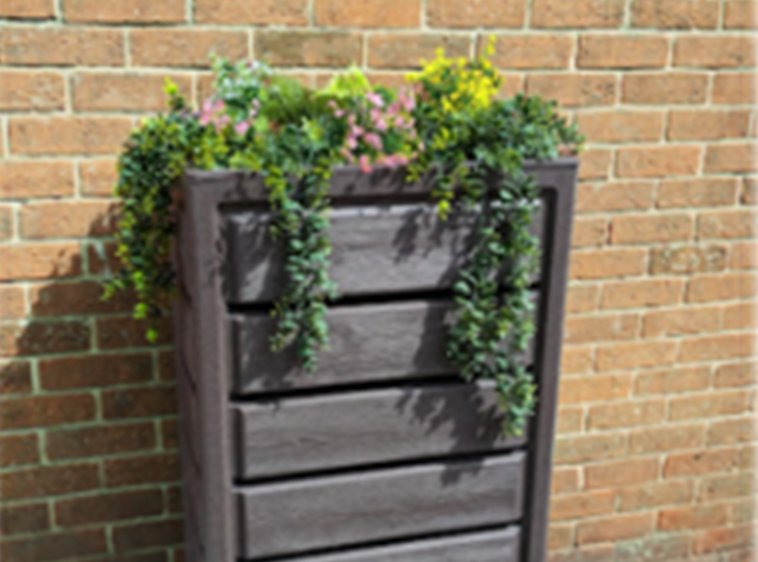
Reuse
This is where we use rainwater in a wide range of ways and help high water consumers to think more sustainably about how rainwater reuse could benefit them. We will also be helping homeowners to utilise rainwater for household tasks.
How can you help?
There are a wide range of options for you to choose from, whether you want some small improvements or you’re feeling ambitious and want to try your hand at some more pioneering developments there’s something for everyone and every property type.
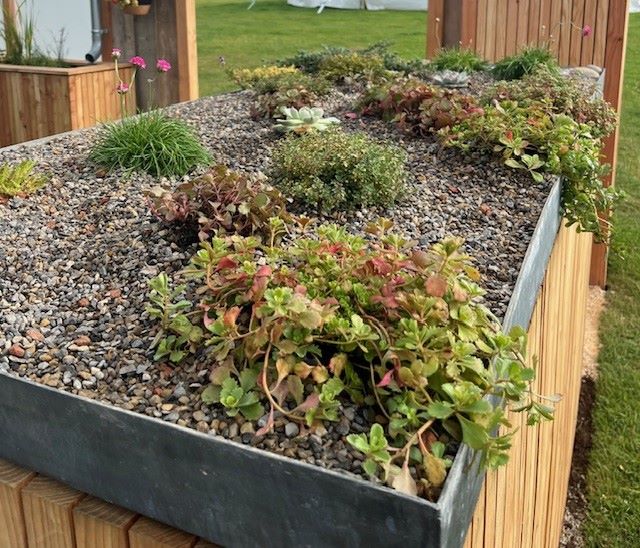
Green roofs
If you have a flat roof on your property and you want to make it greener and more biodiverse, a green roof might appeal to you.
Green roofs help to slow and reduce run-off during intense rainfall events, as well as promote biodiversity- especially if you use sedums.
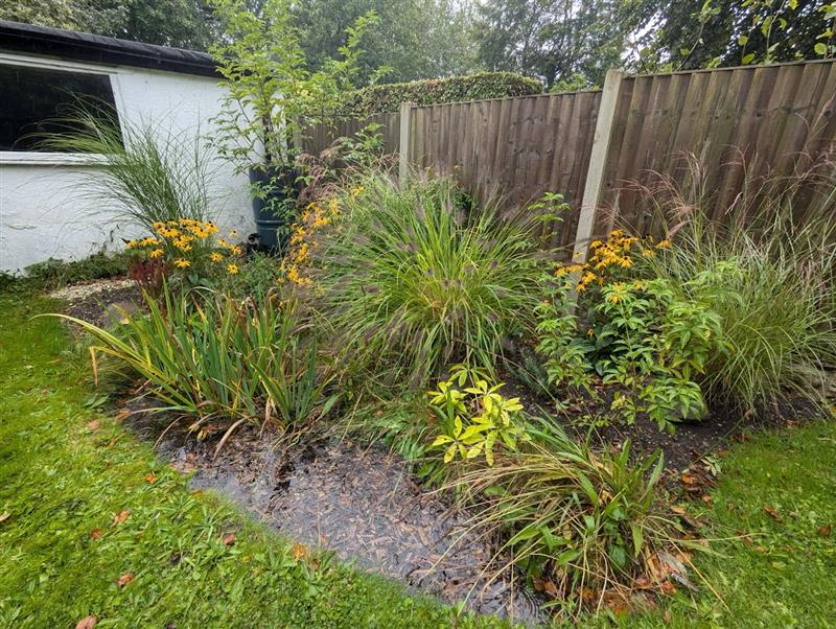
Rain gardens
Rain gardens are designed to lie just below the ground level of where they get installed, with the intention of using specialised plants to absorb rainwater.
Rain gardens function best when they’re planted with species which can withstand short periods of inundation. They also should support species around their edges which have the capacity to withstand more drought-like conditions.
If you like the sound of installing a rain garden, find out more information here.
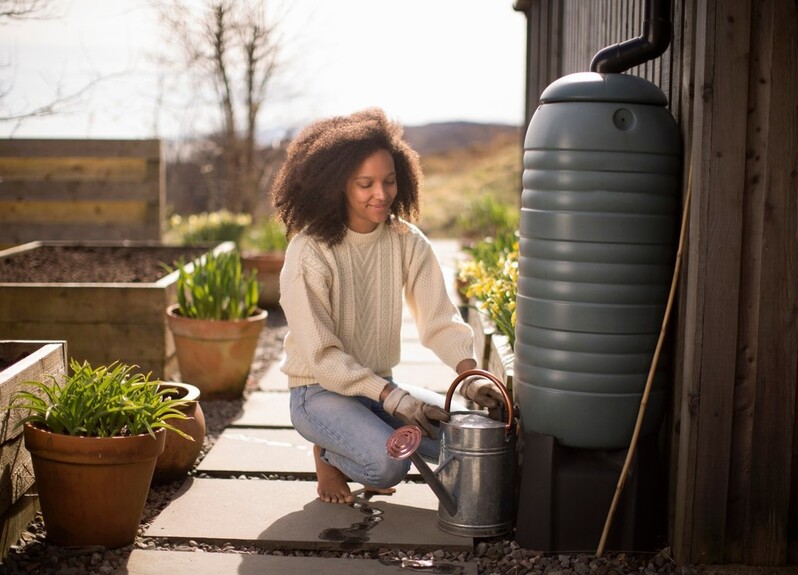
Water butts
Installing a water butt onto a downpipe is one of the most versatile and easily installable types of SuDS you can choose from.
During high rainfall events the water collected can then used for tasks such as watering your plants.
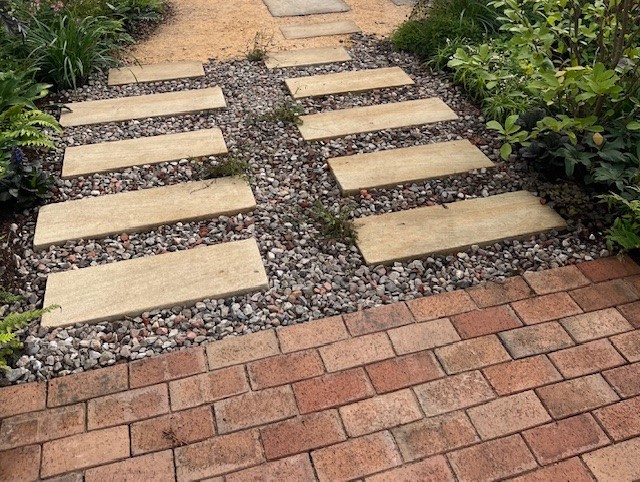
Permeable paving
Permeable paving helps to reduce local flooding by absorbing rainwater, in comparison to concrete which increases the risk of flooding yours and your neighbour’s driveway.
Why create Sustainable Drainage Systems (SuDS) in your garden?
The main benefit of bringing Sustainable Drainage Systems (SuDS) to your home is that you will see less flooding on your property. All principles in SuDS are used with the intention of storing and retaining rainwater in periods of heavier rainfall. Certain SuDS mechanisms such as water butts also help you directly as they store rainwater directly on your property for you to use for tasks around the garden.
SuDS also help to improve the quality of water within your area by reducing impacts of diffuse pollution- at a small-scale diffuse pollution tends to not have a major effect, but on a catchment scale it can be much more severe. So, by implementing SuDS you will also be helping to protect your community.
There are plenty of other benefits to SuDS which don’t revolve around rainwater: